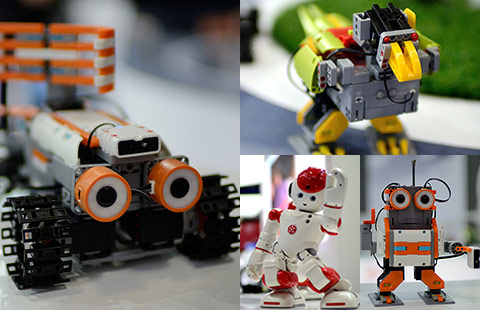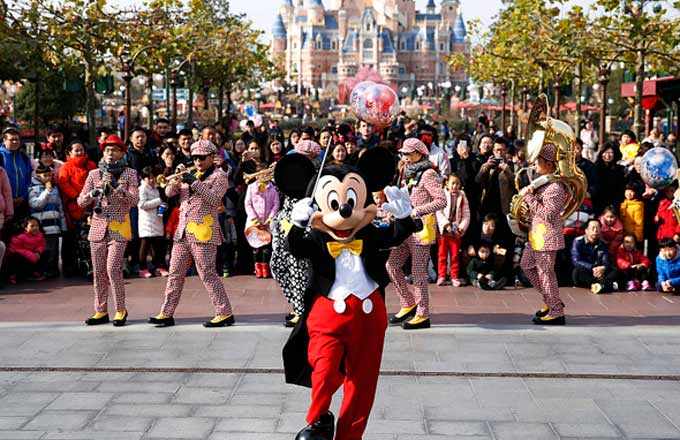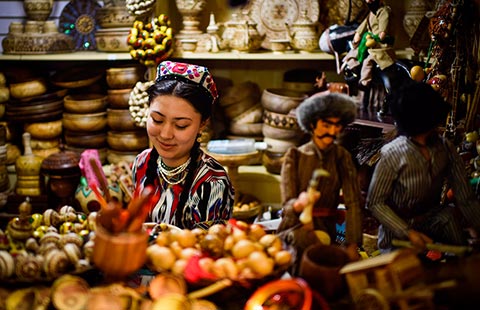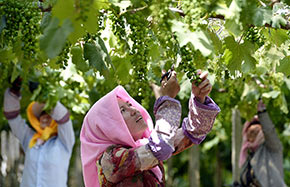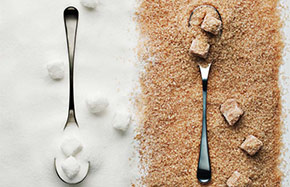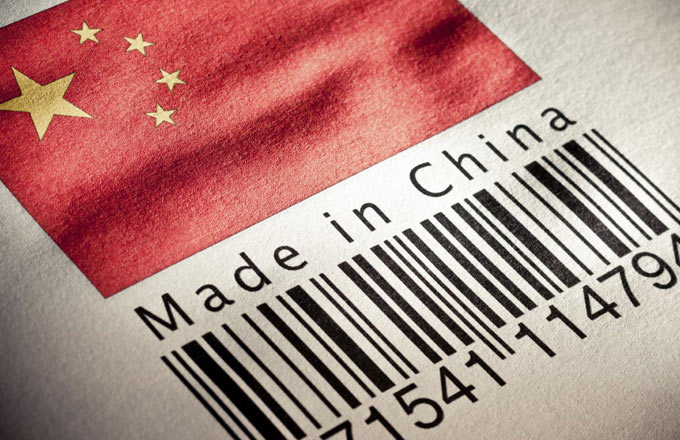Upbeat sentiment at China trade fair bodes well for economy
BEIJING - Standing in front of a refrigerator, buyers attending China's largest trade fair are intrigued by the display of their body weights on the screen of the machine.
The refrigerator, designed and manufactured by China's home appliance maker Midea Group, uses infrared scanning technology to provide users with health data, and offers them tailored diet suggestions.
There are many similar smart home appliances at the ongoing China Import and Export Fair in the southern city of Guangzhou. Wifi-enabled washing machines, pots that cook on their own - innovations like these are Chinese manufacturers' answer to changing customer demand.
The bi-annual event bringing together tens of thousand of buyers and producers worldwide is considered a barometer for China's foreign trade, which has been under significant pressure as global demand waned.
But as companies like Midea have maintained innovative tactics to adapt to changes in the global market, China's foreign trade has gradually struggled out of the mire and turned out to be a key support for growth.
The teeming crowd and optimistic mood at this year's fair once again proved the resilience of Chinese exporters and hence the world's second largest economy.
Official data showed China's foreign trade saw robust growth in the first quarter to reach 6.2 trillion yuan ($899 billion) in volume, up 21.8 percent year on year.
The strong performance helped the broader economy onto a steadier track, which expanded 6.9 percent in the first three months, up from 6.8 percent in the previous quarter.
Net exports of goods and services contributed 4.2 percent of growth in the first quarter, compared with the 11.5-percent negative contribution in the same period last year.
In the new global reality that seems to be tilting towards protectionism and anti-globalization, trade growth is hard won and largely due to the innovative spirit of the country's myriad medium and small firms.
In recent years, rising material and labor costs have forced Chinese manufacturers to speed up efforts to move up the value chain to survive fierce competition, spawning a new generation of exporters engaged in production of high-tech and high value added products.
"Chinese companies should target market demand and trends to produce high-quality, differentiated and environment friendly products to push the transformation and upgrading of foreign trade," Vice Commerce Minister Fang Aiqing said.
And with China's deeper engagement with other countries, companies are seeking new opportunities in the global market. The Belt and Road Initiative, proposed by China in 2013, is one strategy in which businesses see huge potential.
At the Canton Fair, almost half of invited buyers are from countries and regions along the Belt and Road
Goods trade between China and Belt and Road countries surged 26.2 percent year on year to more than 1.65 trillion yuan in the first quarter of this year, data from the Ministry of Commerce (MOC) showed.
Li Xiaochuan, general manager of Shenzhen-based kitchenware exporter Liantek Electrical Appliances, said demand from countries along the Belt and Road, including Iran, Saudi Arabia, and Egypt, had been rising rapidly.
"Besides buying our products, foreign buyers in these countries also hope that we could build factories and production bases there. We will start on that next year," Li said.
"It is an inevitable trend for Chinese companies to invest overseas while exporting goods," said Bai Ming, vice director of a research institute under the MOC. "Cooperation in trade and investment will help Chinese industries move up the global value chain."




